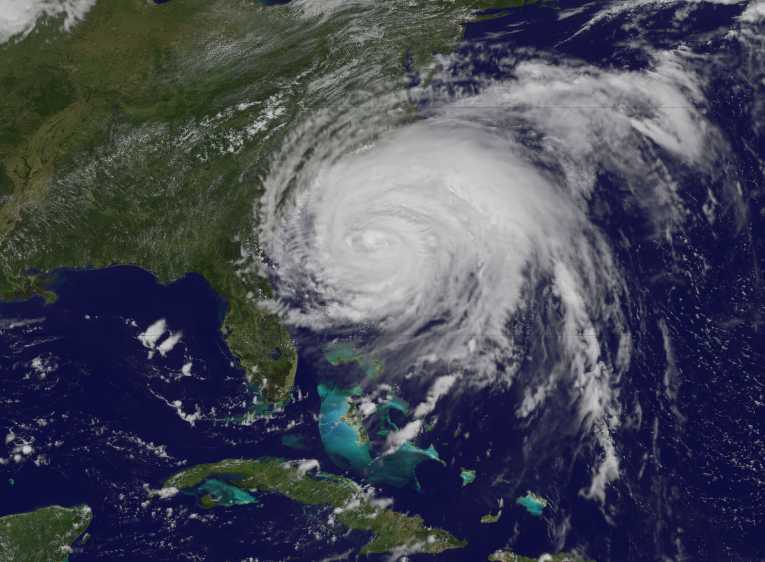Hurricane Irene swept up the eastern seaboard of the US last weekend, leaving 40 dead and billions in damages. Millions were without power, and, though it's difficult to accurately quantify, thousands had their water supply compromised. Thousands remain without power and water. The dangers of such a situation are clear: without water to drink, clean, flush toilets, of fight fires, health and safety can quickly be compromised. To date, two deaths related to water supply have been reported. Two men were swept away trying to protect a water reservoir from flooding.
Rural areas have been particularly hard hit. People who depend on private wells for water simply don't have the power to run the pump. Perhaps thousands of people who rely on private wells remain without water on Long Island. The local water authority estimates that 40,000 households have private wells. Power is not the only issue; states have warned that flooding of private wells may have caused contamination and that people should test their water before consuming.
Community water systems have not been immune to impacts as well. As of this writing, there are boil water advisories for 144 systems in Connecticut has issued boil water advisories for 144 systems, New York has shut down seven water systems and issued 78 boil water notices, Rhode Island has issued boil water advisories for seven systems, and Vermont has issued boil water advisories for all customers in the south central portion of the state.
New Jersey American Water, a privately held utility, experienced significant flooding at one of its treatment plants, which necessitated a roof top helicopter evacuation. The supplier issued a boil water advisory to 42,000 customers. The utility began supplying bottled water but quickly ran out, forcing it to call wholesalers for additional water. The supplier has recently lifted all boil water advisories.
Bennington, VT may be in a more critical situation. Flooding wiped out its raw water intake system and broke the main water supply pipeline, forcing the town to rely on its backup system, which can supply only half of the average day demand. Crews are scrambling to make repairs.
There are take aways from this. First, there is an indication that water suppliers and customers aren't doing enough. Could flooding at New Jersey American Water's treatment have been prevented? Could they have planned better for emergency water suppliers? Probably so. And it is in the best interest to do. Investments to prevent such infrastructure impacts prevent future revenue losses and repair costs. Folks who rely on private wells may also look to emergency power systems and flood protection.
Second, there is a dearth of data. Electrical outages are very easily quantified; water supply outages are not. The primary reason for this is the lack of data for private water wells. Many states simply do not collect data on private wells. Emergency response, along with water resources planning in general, would benefit from more data on private wells.
Last, the widespread water supply outages could portend what may come and underline the need for improved planning. Irene was only a Category 1 and, in New England, a Tropical Storm, yet it caused tremendous damage. Stronger storms may come; if one believes the forecasts, storms may only get stronger and occur more frequently. In fact, stronger storms have already come. Both the Great Hurricane of 1938 and Hurricane Carol, in 1954, were Category 3 hurricanes when they made landfall in Connecticut. Recent events, as well as the specter of more frequent and stronger storms in the future, should drive water suppliers, states, and individuals to plan for the worst and hope for the best. This may take investments in time and money, but will likely be repaid in full over the long run.
Top Image: Hurricane Irene hitting US East Coast. Credit: © NASA/NOAA










